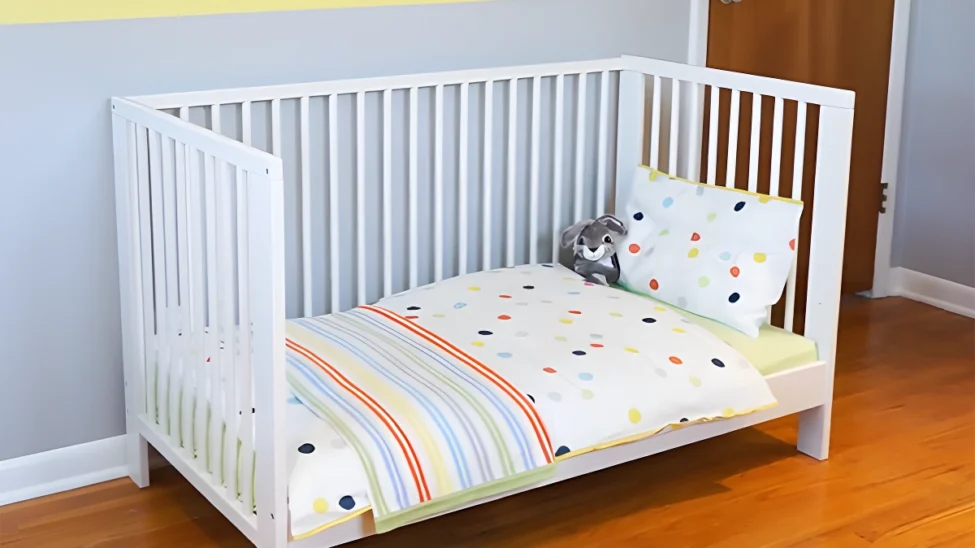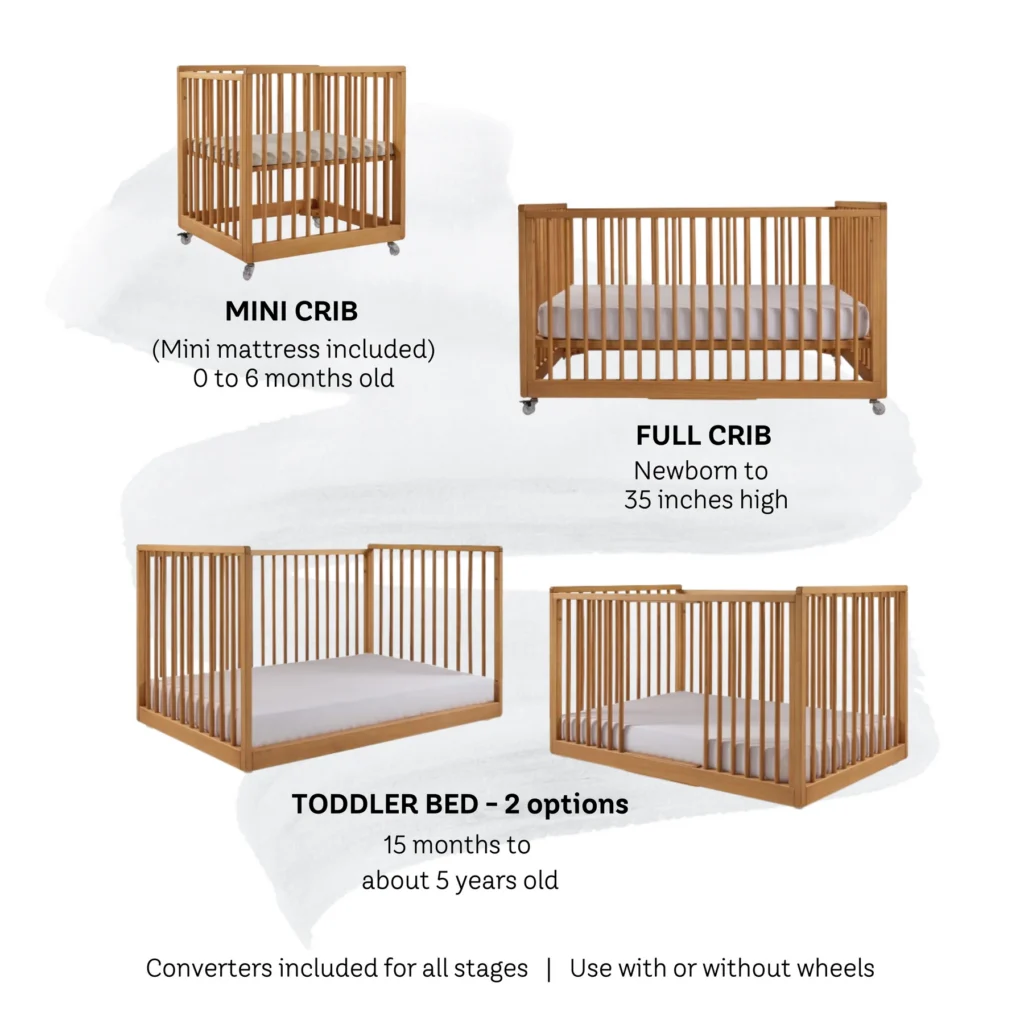
Start with the Long Game in Mind
I remember standing in a giant baby store, six months pregnant and staring at a wall of cribs. A salesperson smiled brightly and gestured to the “convertible” section—cribs that could supposedly turn into toddler beds, daybeds, and even full-sized beds. I nodded, half-listening, mostly wondering how one piece of furniture could possibly do all that without falling apart halfway through.
Think of a convertible crib as the baby version of a Swiss Army knife. Handy, yes—but only if you’ll actually use all the tools.
If you’re tight on space, money, or just mental energy, a convertible crib can be a smart buy. It promises longevity—you buy once and, theoretically, you’re set for years. But the real magic (and the real traps) are in the details: how it’s built, how it’s used, and how your child grows.
So before you let a fancy label like “4-in-1” sway you, let’s slow down and look at what you’re really signing up for.
The Label Says 4-in-1, But What Does That Mean?
Here’s something I learned the hard way: “4-in-1” doesn’t always mean you get four fully-functioning pieces of furniture out of one crib. It often means the potential to convert—if you buy the extra parts separately.
Just because it says convertible doesn’t mean it comes with all the parts to convert.
My husband and I bought a 3-in-1 model with high hopes. But when our son outgrew the crib, we realized the conversion kit for the toddler bed was sold out everywhere. So we improvised—with floor cushions and a lot of crossed fingers.

There’s also the question of whether you’ll want to reuse the crib for another baby. If it’s already converted into a toddler bed for one child, what happens when the next one comes along?
Don’t get me wrong, these cribs have their perks—but only if the “convertible” aspect fits your actual parenting plans. Not just the ones you imagine during a dreamy Pinterest scroll.
The Good, the Bad, and the Toddler Bed
When convertible cribs work, they really work. We have friends who used one crib from birth until age six, then passed it on to a cousin. It saved them money, kept the nursery tidy, and created a nice sense of continuity for their child.
But they also had the time and tools to handle the conversions. And that matters.
One thing I wish more brands talked about? The reality of converting the crib. It’s not always a one-person job—or a one-tool fix.
Some models require unscrewing major parts or buying oddly specific kits. If you’re not the type to keep all your manuals and Allen wrenches, it’s worth asking how realistic the transition process will be for you.
Then there’s the look. Not every toddler wants a bed that still screams “baby.” Some kids love the familiarity; others see it as a reminder that they’re not quite big yet. And yes, that can be a real sticking point at bedtime.
So while convertibles can be convenient, they’re not a guaranteed fit for every family or every kid.
What to Look For When Choosing One
After going through it ourselves—and talking to more parents than I can count—here are the big things I’d recommend keeping in mind:
- Conversion kits: Ask what’s included. If pieces are sold separately, factor that into the cost.
- Ease of conversion: Can one person do it? Will you need tools? You’re likely converting it while also parenting a toddler, so… simplicity matters.
- Sturdiness: A crib that’s meant to last years should actually feel solid enough to do that.
- Design that grows: Pick a style that won’t feel babyish when your child is five.
We ended up going with a solid wood crib that had clean lines and a neutral color. It wasn’t flashy, but five years in, it’s held up—and even converted into a bench now that our son’s in school.
You’re not just buying furniture. You’re buying flexibility, and hopefully a little peace of mind.
From Our Home to Yours
If I had to do it all again, I’d still choose a convertible crib—but I’d go in with clearer eyes. I’d check what’s included, how the process works, and how long I realistically plan to use it.
And I’d remind myself that flexibility is great, but it only works if it actually makes your life easier.
One of my favorite things about parenting is learning that almost nothing is one-size-fits-all. A crib that was perfect for my sister’s twins didn’t work for us at all. And that’s okay. The best choices are the ones that match your rhythm, not just the marketing.
Every nursery looks beautiful on day one. What matters more is how it holds up on day 300, when you’re sleep-deprived and stepping on blocks barefoot at 6 a.m.
Convertible or not—choose the crib that supports your family’s version of rest, growth, and sanity.


